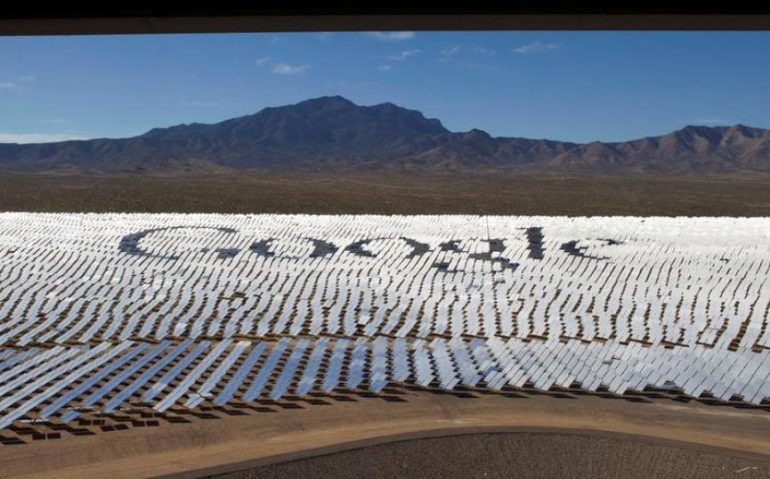About twice as much electricity is used by Google data centers around the world from the city of San Francisco.
According to a CNBC article, in total, Google used 15,5 terawatt hours of electricity in 2020 and most of it goes to its data centers, while data are not available for 2021.
And according to Google Energy Director Michael Terrell, the amount of energy the company uses increases as the total use of the Internet increases.
In this context, the technology giant has set a very ambitious goal to operate with carbon-free energy 24-7 by 2030: "The next big moon of humanity", said the CEO of Alphabet and Google, Sundar Pichai.
Since 2007, Google has claimed to be carbon neutral, which means that the technology company bought the same amount of carbon offsets and renewable energy sources to zero the company's net operating carbon emissions. (Although compensations are not strictly enforced and do not always represent a real reduction in emissions.)
Since 2017, Google has matched its total electricity usage with renewable energy markets. This second step represents an improvement, but it still means that sometimes Google is powered by carbon dioxide sources.
The next goal, which Google aims to achieve by 2030, is to operate 24-7 with carbon-free energy. This means that Google will operate at any time of the day with carbon-free electricity purchased from a nearby, regional network.
That's a goal, Pichai admits.
The Scariest Challenge: Cleaning the World Wide Web
Energy efficiency is only part of the viability puzzle for Google's data centers. It also matters how the energy that works them is produced.
When Google considers a site for a data center, it takes into account the sources that power the network.
If the grid is not clean in a location where Google wants to create a data center, then another path must be found.
Once new data centers are built, Google can shift its computing power between data centers. Google uses algorithms to decide where to perform a computational function in the world and integrates carbon emission data into these algorithms.
